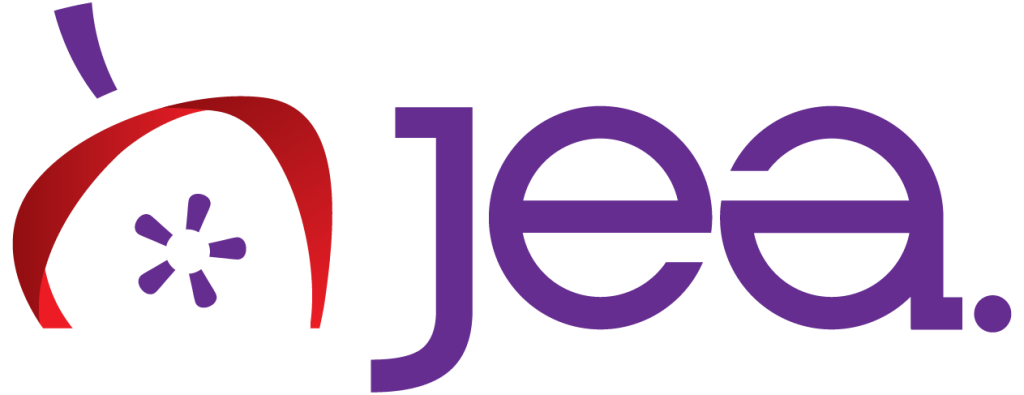
Photo by Steve Johnson, Upsplash.
Chancellor says IDS print version to publish until end of school year, student media action planned to seek long-term financial solution
by John Bowen, MJE
Reversing course Oct. 30, Indiana University administrators “will allow” student journalists to print newspaper until the end of the school year
“Let me reaffirm that our commitment to a free and independent student press has never wavered,” wrote Chancellor David Reingold, Indiana University, Bloomington in a letter to student editors.
“More than a publication” he wrote, “the IDS represents a public trust and a cornerstone of Indiana University’s educational mission. For generations, it has embodied the ideals of free inquiry, open debate, and journalistic rigor. I view these as critical values for our campus, as does Dean Tolchinsky.”
Reingold wrote his earlier decision to stop funding the print version of the IDS print issues fueled a perception that editorial content drove the decision not to print.
“Let me be clear: my decision had nothing to do with editorial content of the IDS,” he said. “Contrary to what has been posted on social media and published, Indiana University has never attempted to censor editorial content, period.”
“The IDS is and remains,” Reingold wrote, “editorially independent.”
Others disagree.
In addition to content changes, the university fired the IDS adviser.
Reingold indicated this was due to “long-term operational concerns to the Student Media Action Plan and my recognition that an annual deficit approaching $3oo,ooo is not infinitely sustainable.”
In this instance, administrators not only also told student media journalists what they could not publish but also what they had to print.
That, according to Student Press Law Center staff attorney Jonathon Gaston-Falk said in an Oct. 5 statement, “Content issues constitute censorship.”
“Administrators dictating to students,” Gaston-Falk said, “what content can and cannot be published, is censorship plain and simple.”
Indiana University has strong First Amendment protections and long-standing tradition of student editorial independence, he said.
“If the abrupt ousting of the student media director was related to his refusal to participate in such censorship, the message is clear: IU no longer welcomes a free student press,” Gaston-Falk said.
“The Media School must reverse course immediately, before more damage is done to its reputation and to its students’ rights,” according to the SPLC position statement.
Can officials be censors and free press advocates at the same time?
Media students and others have protested the censorship of the print newspaper and removal of the adviser. They continue to receive support from journalism groups, journalism educators and Indiana University alumni groups.
In a statement, IU said it was “firmly committed to the free expression and editorial independence of student media” and its “decision concerns the medium of distribution, not editorial content.”
Reingold re-iterated his position: “The IDS and the university share the same purpose: to serve truth, to educate with integrity and to prepare students for success in a contemporary media landscape.
“In this moment, we have an obligation to write the next chapter of the Indiana Daily Student, one built on mutual respect, shared responsibility, and an enduring belief in the power of a free press.”
Officials cited IU’s Action Plan for Student Media, which “envisions a student media ecosystem that is centered on a digital content model” and that addresses “longstanding financial challenges facing the IDS” while protecting editorial independence.
IU journalism faculty, however, said the cancellation of print “broke with the Student Media Action Plan, threatened the editorial independence of our student journalists and breached the core values of journalism that we discuss every day in our classrooms.”
Also, IDS editors Mia Hilkowitz and Andrew Miller wrote, “When administrators are unwilling to bring student media to the table, there’s no way for us to believe they are acting in good faith…We’re waiting to come to the table. We will continue to resist as long as the university disregards the law. Any other means than court would be preferred.”
The Student Press Law Center’s involvement
“The Student Press Law Center welcomes any genuine effort by Indiana University to strengthen the editorial independence and financial sustainability of its student media,“ Gaston-Falk said.
“The announcement of a new task force cannot erase the events of the past week, which represent serious violations of student press freedom,” Gaston-Falk said.
For dialogue to be credible, Gaston-Falk said, the SPLC looks for:
- Including meaningful IDS student involvement
- Including meaningful faculty and professional staff involvement
- Administrators rebuilding community trust, being accountable for censorship decisions and reversing them
- Reinstating the planned print editions
For updated information and attribution
The Student Press Law Center indicates it will continue to monitor the situation. It launched an IU Censorship Tracker to provide regular updates about this process. The Tracker includes prior IDS coverage about years of cuts to the IDS by administrators as they delayed finding permanent solutions to its funding issues.
“IDS staff and alumni and the Bloomington community deserve better than to see the IDS slowly diminished by administrative creep,” Gaston-Falk said.
Examples of content and context provided with the IU Censorship Tracker:
- Through its 2005 Charter, the university cannot interfere with content decisions or make content-based financial cuts — such as limiting print editions to homecoming news. The charter, based on its content and context, suggests a common heritage with scholastic journalism’s Student Staff Manual containing mission statement, editorial policy, ethical guideline, ethical application procedure and staff manual.
- The following categories serve as a hub to collect the background and latest developments. It will be updated as new information becomes available. At this time, it contains following:
- Students might find it useful to adapt these IU categories to assist development of localized statements and data useful in informing the public and fighting censorship.
For example, consider the category of background, too often ignored or downplayed in student journalism. Using information from comparative sources might give a reporter valuable information so the story becomes more thorough by adding forgotten stories, history and why it’s important to your audience.
It can also demonstrate the value of the story to potential critics, who argue the story is too controversial. School system and community stand to gain as students delve into longstanding journalism principles:
- Interaction with experts when student journalists interview and conduct research,
- critical thinking skills from story planning more attuned to both past and present angles to more and deeper reporting and presentation skills.
School officials and community members receive important information they need to becoming more active and knowledgeable in their roles.
Without censorship, all this and more, can enlighten school and community – and future schools and communities.
A democracy depends on, in no particular order, facts, accuracy, credibility, integrity, context, content, reliability, verification and leadership.
Journalists and their audiences, unfortunately, no longer can count on and trust what sources share. Even more unfortunately, reporters’ only experience with free expression might have come as they watched “All The President’s Men” in high school or read about Hazelwood or Tinker.
It’s also possible the journalism teacher was a journalism student in a high school that chose to follow Hazelwood. If so, freedom of expression
might only mean “Parchment under Glass,” to be honored and envied but never, ever practiced. .
If students, teacher/advisers and community members never experienced freedom of expression, how will they understand how to appreciate journalistic responsibility that demonstrates adequate information for all to make informed societal decisions?
Red Light, Green Light
Journalist Roy Peter Clark often shares the ethical concept of Red Light, Green Light in an article for The Poynter Institute. I would recommend the article to you, especially for his reasoning of its ethical implications.
If your students face the threat of censorship, give this article to all seeking the best decision; ask them to focus on this statement before any meeting starts:
Red Light says: “Let’s back off.”
Green Light says: “Let’s pin it down.”
Share reactions and discuss. Could and how could the Red Light, Green Light concept act as deterrent to censorship or prior review?
Red Light, Green Light: A plea for balance in media ethics
https://www.poynter.org/archive/2005/red-light-green-light-a-plea-for-balance-in-media-ethics/
Written By: John Bowen, MJE

